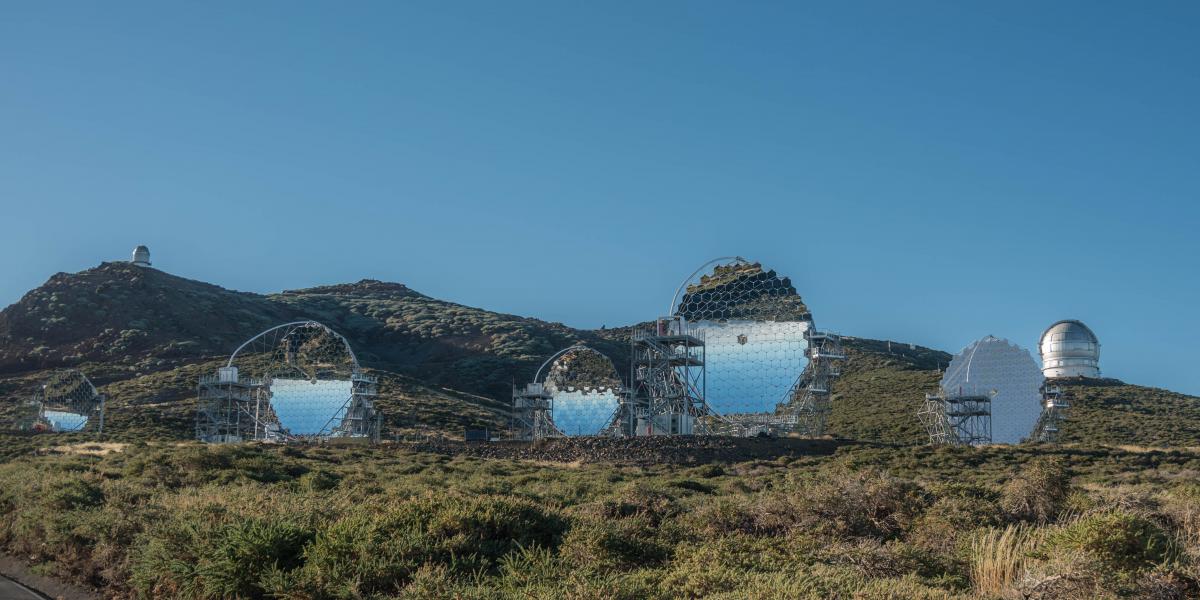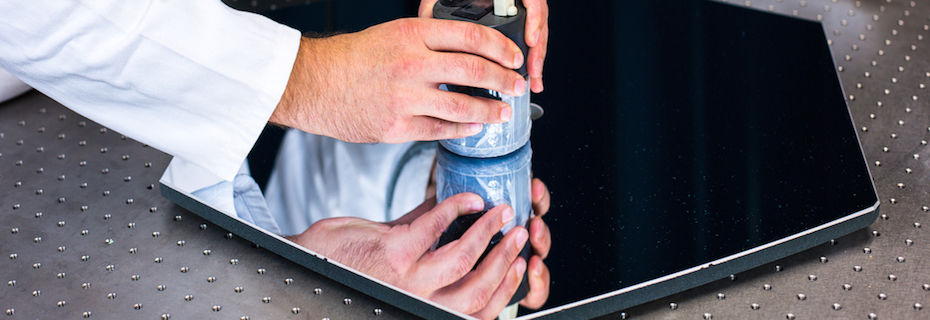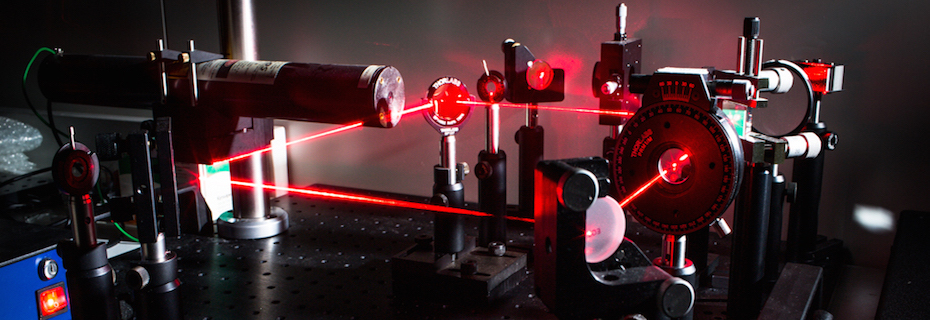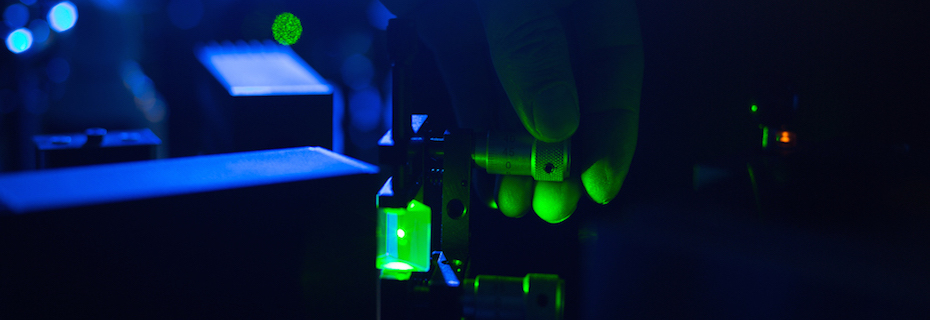New Eyes on the Universe. Olomouc Scientists Behind the Optics of Giant Telescopes on the Canary Islands.
 In September, the installation of mirrors on three large telescopes (Large-Sized Telescope – LST) was completed on the Canary Island of La Palma. These telescopes will become part of the future Cherenkov Telescope Array observatory. Their optical system is the responsibility of the scientists from the Joint Laboratory of Optics of the Institute of Physics of the Czech Academy of Sciences and Palacký University in Olomouc. This step represents a major milestone on the road to putting the telescopes into full operation. It will enable the observation of the most energetic processes in the universe – from supernova explosions to gamma-ray bursts and the search for traces of dark matter.
In September, the installation of mirrors on three large telescopes (Large-Sized Telescope – LST) was completed on the Canary Island of La Palma. These telescopes will become part of the future Cherenkov Telescope Array observatory. Their optical system is the responsibility of the scientists from the Joint Laboratory of Optics of the Institute of Physics of the Czech Academy of Sciences and Palacký University in Olomouc. This step represents a major milestone on the road to putting the telescopes into full operation. It will enable the observation of the most energetic processes in the universe – from supernova explosions to gamma-ray bursts and the search for traces of dark matter.
It's like putting together a giant puzzle where each piece has to fit with millimetre precision. Each of the newly installed telescopes, named LST-2, LST-3 and LST-4, was fitted with nearly two hundred mirror segments, which together form a giant parabolic surface with a diameter of 23 metres. The installation took several months and was completed in September 2025, when the last segment was attached to the structure. The three new telescopes complemented the existing LST-1, creating a quartet of gigantic devices that will play a key role in the LST project.
"The installation of the mirrors is just the visible climax of a long process that begins with the design of the optical system and continues through the testing of individual segments to their installation on the structure. For us, it is an opportunity to apply our experience in the development and manufacture of large mirrors, while also being there when a cutting-edge scientific instrument of global significance is created," says Martin Vacula from the Joint Laboratory of Optics of the Institute of Physics of the Czech Academy of Sciences and Palacký University in Olomouc.
However, the installation of the mirrors does not mean the Czech team's work concluded. In the coming years, the Active Mirror Control (AMC) system will be installed, which will ensure that each mirror segment can be finely adjusted as needed. This is because the telescope's structure deforms slightly under its own weight when tracking different parts of the sky due to changes in tilt. The AMC system can compensate for these changes in real time and constantly keep the entire mirror surface precisely focused on the camera. This allows the telescope to remain focused and sensitive even when quickly redirected to a new target. Each segment therefore has its own CMOS camera, a small digital camera similar to those found in ordinary phones facilitating the system control.
The first observations and data collection on the newly installed telescopes are expected in 2027. Until then, an international team of more than 300 scientists from 12 countries will fine-tune all the systems and prepare the instruments for live operation.
“Our Joint Laboratory of Optics has extensive experience in manufacturing and applying large mirrors for space and ground-based observatories. This expertise has enabled us to become key partners in the LST project and we can thus contribute to the telescopes on La Palma delivering cutting-edge data about the universe," adds Alexandr Dejneka, head of the Division of Optics at the Institute of Physics of the Czech Academy of Sciences.
And why so much effort? It has already been demonstrated by the first completed LST-1 telescope, which has been standing on La Palma since 2018, what this technology can do. Its 400 m² mirror surface can capture even very faint flashes of gamma radiation, and the telescope can redirect itself to a new target within 20 seconds. This opens up new avenues for scientists to study pulsars, supernovae, active galactic nuclei and dark matter. The newly completed telescopes will build on this research and push its possibilities even further.
Klára Horová (from fzu.cz)

Dušan Mandát (left) and Martin Vacula (right) during the installation of thr mirrors of the LST project telescopes at the La Palma island. Author: Martin Vacula.

Dušan Mandát (right) during the the installation of the mirrors of the LST telescope at La Palma. Author: Martin Vacula.

Employees of the CaSana company installing the LST project mirrors at La Palma. Author: Martin Vacula.

LST telescopes at the La Palma island. Left to right: LST-1, LST-4, LST-2, LST-3.



